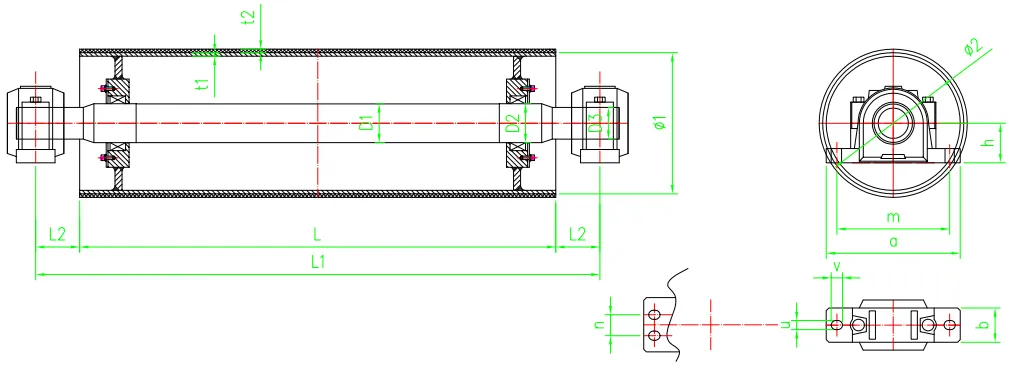 Afrikaans
Afrikaans  Albanian
Albanian  Amharic
Amharic  Arabic
Arabic  Armenian
Armenian  Azerbaijani
Azerbaijani  Basque
Basque  Belarusian
Belarusian  Bengali
Bengali  Bosnian
Bosnian  Bulgarian
Bulgarian  Catalan
Catalan  Cebuano
Cebuano  Corsican
Corsican  Croatian
Croatian  Czech
Czech  Danish
Danish  Dutch
Dutch  English
English  Esperanto
Esperanto  Estonian
Estonian  Finnish
Finnish  French
French  Frisian
Frisian  Galician
Galician  Georgian
Georgian  German
German  Greek
Greek  Gujarati
Gujarati  Haitian Creole
Haitian Creole  hausa
hausa  hawaiian
hawaiian  Hebrew
Hebrew  Hindi
Hindi  Miao
Miao  Hungarian
Hungarian  Icelandic
Icelandic  igbo
igbo  Indonesian
Indonesian  irish
irish  Italian
Italian  Japanese
Japanese  Javanese
Javanese  Kannada
Kannada  kazakh
kazakh  Khmer
Khmer  Rwandese
Rwandese  Korean
Korean  Kurdish
Kurdish  Kyrgyz
Kyrgyz  Lao
Lao  Latin
Latin  Latvian
Latvian  Lithuanian
Lithuanian  Luxembourgish
Luxembourgish  Macedonian
Macedonian  Malgashi
Malgashi  Malay
Malay  Malayalam
Malayalam  Maltese
Maltese  Maori
Maori  Marathi
Marathi  Mongolian
Mongolian  Myanmar
Myanmar  Nepali
Nepali  Norwegian
Norwegian  Norwegian
Norwegian  Occitan
Occitan  Pashto
Pashto  Persian
Persian  Polish
Polish  Portuguese
Portuguese  Punjabi
Punjabi  Romanian
Romanian  Russian
Russian  Samoan
Samoan  Scottish Gaelic
Scottish Gaelic  Serbian
Serbian  Sesotho
Sesotho  Shona
Shona  Sindhi
Sindhi  Sinhala
Sinhala  Slovak
Slovak  Slovenian
Slovenian  Somali
Somali  Spanish
Spanish  Sundanese
Sundanese  Swahili
Swahili  Swedish
Swedish  Tagalog
Tagalog  Tajik
Tajik  Tamil
Tamil  Tatar
Tatar  Telugu
Telugu  Thai
Thai  Turkish
Turkish  Turkmen
Turkmen  Ukrainian
Ukrainian  Urdu
Urdu  Uighur
Uighur  Uzbek
Uzbek  Vietnamese
Vietnamese  Welsh
Welsh  Bantu
Bantu  Yiddish
Yiddish  Yoruba
Yoruba  Zulu
Zulu types of pulley in belt conveyor
Types of Pulleys in Belt Conveyors
Belt conveyors are essential systems used in various industries for transporting materials efficiently. The performance and reliability of these conveyors depend significantly on their components, particularly the pulleys. Pulleys play a vital role in the functionality of belt conveyors, as they help to change the direction of the belt, provide tension, and support the load. In this article, we will explore the different types of pulleys used in belt conveyors and their specific functions.
1. Drive Pulleys
Drive pulleys, also known as head pulleys, are located at the discharge end of the conveyor. They are powered by a motor and provide the necessary movement to the conveyor belt. As the motor turns the drive pulley, it causes the belt to move, facilitating the transportation of materials. Drive pulleys can be either lagged or unlagged. Lagged pulleys have a rubber coating that enhances traction between the pulley and the belt, reducing slippage and increasing efficiency. This feature is particularly important when transporting heavy materials or when incline angles are involved.
2. Tail Pulleys
Located at the loading end of the conveyor, tail pulleys serve essential functions in the overall system. They are mainly used to support the belt in its return journey after the materials have been discharged. Tail pulleys are generally shorter than drive pulleys and can be equipped with a non-lagged surface, depending on the requirements of the application. They help maintain proper belt tension and alignment, which is crucial for the longevity of the conveyor system.
3. Snub Pulleys
Snub pulleys are auxiliary components used to provide additional tension to the conveyor belt. By repositioning the belt’s contact angle with the drive pulley, snub pulleys help improve the grip between the belt and the drive pulley, enhancing overall belt performance. Their placement allows for better control of belt tension and can also minimize slippage, especially in systems that handle heavy loads or operate on inclines.
types of pulley in belt conveyor

4. Return Pulleys
Return pulleys support the conveyor belt as it returns to the drive pulley after discharging the material. Though they do not play a significant role in driving the belt, they are crucial in ensuring the stability of the entire system. Return pulleys help maintain the correct alignment of the belt, preventing it from wandering off or becoming damaged during operation. These pulleys are usually unpowered and can vary in size depending on the design of the conveyor system.
5. Take-Up Pulleys
Take-up pulleys are essential for maintaining belt tension in conveyor systems. They are typically positioned at the tail end of the conveyor and are designed to accommodate any slack in the belt caused by wear and tear. Take-up systems can be manual or automatic. Automatic take-up systems use weights or sensors to adjust tension as needed, ensuring optimal performance and minimizing downtime due to maintenance issues. Proper tension management is critical to prevent premature wear and ensure smooth operation.
6. Bend Pulleys
Bend pulleys are used when the conveyor belt needs to change direction, usually at corners or bends in the system. These pulleys help guide the belt around curves smoothly, reducing wear and tear on both the belt and the pulleys. It is essential to choose the right size and design of bend pulleys to ensure they effectively handle the specific demands of the application.
Conclusion
Understanding the various types of pulleys used in belt conveyors is crucial for optimizing conveyor performance and ensuring operational efficiency. Each type of pulley—drive, tail, snub, return, take-up, and bend—serves a unique purpose and contributes to the overall functionality of the conveyor system. By selecting the appropriate pulleys and maintaining them effectively, industries can improve material handling processes, reduce maintenance costs, and enhance overall productivity. Efficient belt conveyor systems are vital for modern-day industries, and the choice of pulleys plays a critical role in their success.
-
Revolutionizing Conveyor Reliability with Advanced Rubber Lagging PulleysNewsJul.22,2025
-
Powering Precision and Durability with Expert Manufacturers of Conveyor ComponentsNewsJul.22,2025
-
Optimizing Conveyor Systems with Advanced Conveyor AccessoriesNewsJul.22,2025
-
Maximize Conveyor Efficiency with Quality Conveyor Idler PulleysNewsJul.22,2025
-
Future-Proof Your Conveyor System with High-Performance Polyurethane RollerNewsJul.22,2025
-
Driving Efficiency Forward with Quality Idlers and RollersNewsJul.22,2025





























